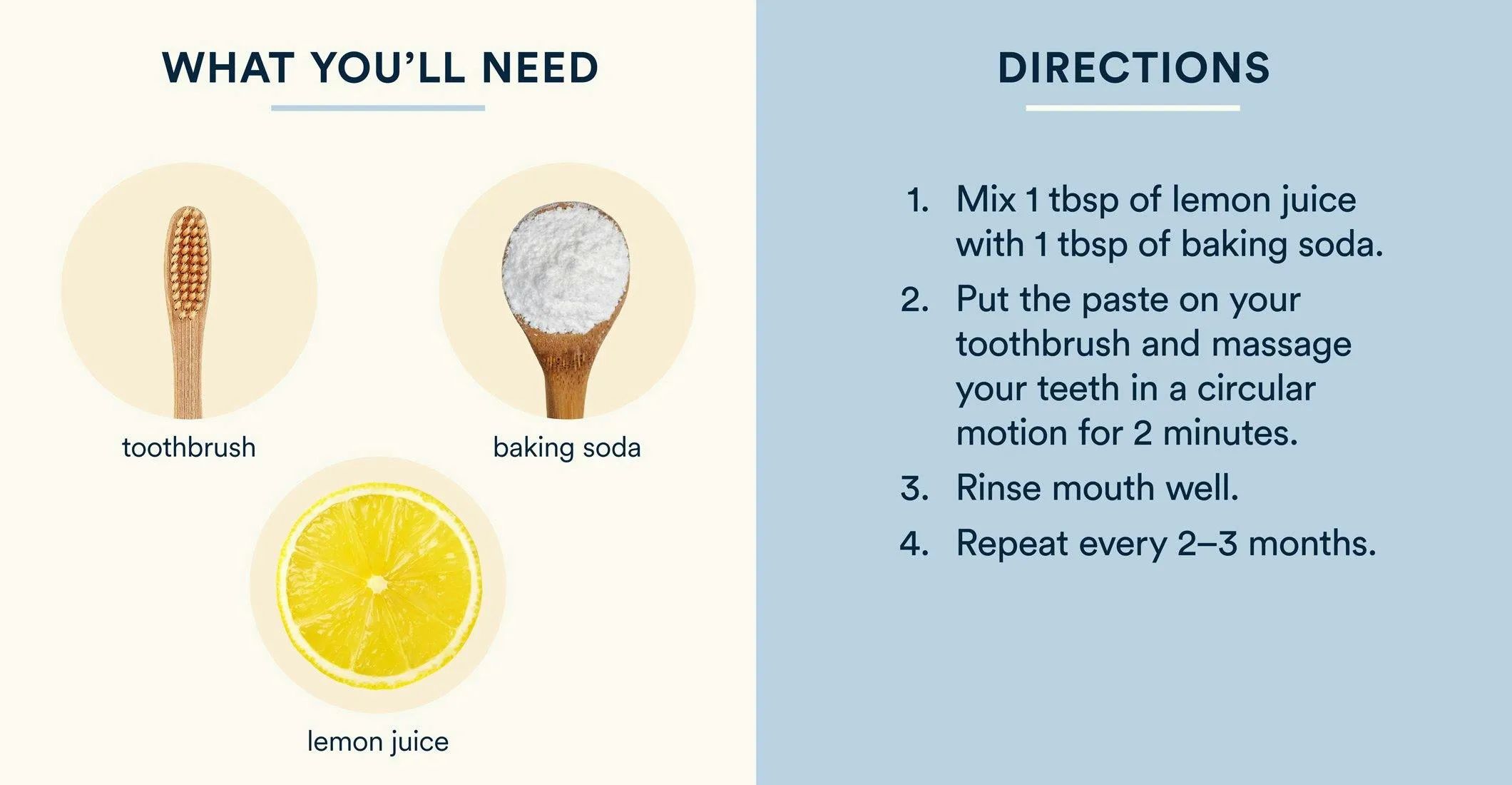The Power of Baking Soda & Lemon for Teeth Whitening
The quest for a brighter, more radiant smile has led many to explore natural teeth whitening remedies. Among these, the combination of baking soda and lemon has gained considerable attention. This dynamic duo promises a cost-effective and accessible way to combat stains and discoloration. However, it’s crucial to understand how these ingredients work, their potential benefits, and the associated risks before incorporating them into your oral hygiene routine. This article dives deep into the science behind baking soda and lemon for teeth whitening, providing a comprehensive guide to help you make informed decisions about your dental care. Discover the secrets to achieving a dazzling smile while prioritizing your oral health.
Understanding Baking Soda’s Whitening Properties
Baking soda, or sodium bicarbonate, is a mild abrasive that can help remove surface stains from teeth. It’s a popular ingredient in many toothpaste formulations due to its ability to scrub away plaque and debris. The abrasive nature of baking soda is a key component in its whitening effect. By gently polishing the tooth’s surface, it can eliminate stains caused by coffee, tea, wine, and other pigmented substances. However, it’s important to note that baking soda primarily targets surface stains and may not be effective against deeper discoloration within the tooth structure. Its effectiveness also depends on the frequency and method of use. The way baking soda interacts with your teeth, and the stains on them, is key to understand the whole process.
How Baking Soda Works on Stain Removal
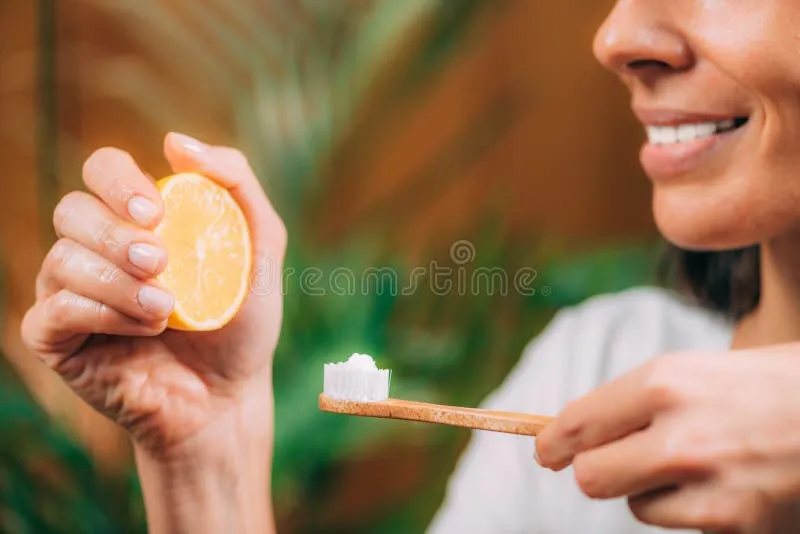
Baking soda’s efficacy in stain removal stems from its physical properties. As a mild abrasive, it creates a scrubbing action when applied to the teeth. This action helps to dislodge and eliminate the stain molecules that adhere to the enamel surface. Surface stains are the primary targets of baking soda, these stains are the result of food, drinks, and lifestyle choices. The effectiveness of baking soda in stain removal can vary depending on the type and intensity of the stains. It is better to use baking soda to remove the stains on your teeth, rather than ignoring it, and letting the stains accumulate on your teeth.
The Abrasive Action of Baking Soda
The abrasive nature of baking soda is a double-edged sword. While it effectively removes surface stains, it also has the potential to wear down the enamel over time if used too aggressively or frequently. Enamel is the hard, protective outer layer of the tooth, and its erosion can lead to increased sensitivity, cavities, and discoloration. Therefore, it’s crucial to use baking soda with caution and avoid excessive scrubbing. Proper technique and frequency of use are essential to mitigate any potential harm. If you are unsure, please consult your dentist or other oral care specialist before using baking soda to whiten your teeth, so you can avoid any dental issues.
Lemon’s Role in Teeth Whitening
Lemon, with its high citric acid content, offers a different approach to teeth whitening. Citric acid is a natural bleaching agent, and it can help to break down the organic compounds that cause stains. Lemon juice can penetrate the enamel surface and dissolve these stains, leading to a brighter appearance. The acidity of lemon, however, poses potential risks to dental health. Frequent or prolonged exposure to citric acid can erode enamel, making teeth more vulnerable to damage. Its use should always be tempered with caution and should be used correctly to avoid issues with the teeth.
Citric Acid’s Impact on Tooth Stains
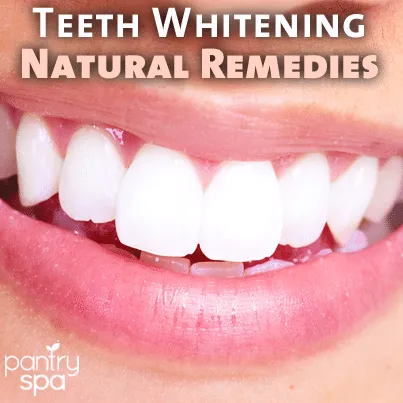
Citric acid, found abundantly in lemons, attacks tooth stains by dissolving the organic compounds that cause discoloration. These compounds are broken down by the acid, resulting in a brighter appearance of the teeth. However, the same chemical action that removes stains can also affect the enamel. The acid can erode the enamel, making the teeth more porous and susceptible to further staining and sensitivity. While citric acid can be effective in whitening, it’s essential to use it with caution to minimize the potential for enamel damage. You can also use lemon juice on your teeth in moderation to avoid too much damage to your teeth.
The Risks and Considerations of Lemon
Using lemon for teeth whitening carries several risks that should be carefully considered. The high acidity of lemon can erode tooth enamel, leading to increased sensitivity, and a greater risk of cavities. Additionally, prolonged exposure to lemon can irritate the gums and soft tissues in the mouth. It’s crucial to limit the frequency of use, dilute the lemon juice with water, and rinse the mouth thoroughly after application. Also, consult your dentist about the use of lemon to make sure it’s safe for your teeth. In this manner, you can be assured of having healthier teeth in the long run.
The Chemistry Behind the Combination
Combining baking soda and lemon creates a unique interaction that has both whitening and potential damaging effects. Baking soda acts as a mild abrasive, physically removing surface stains. Lemon provides citric acid, which chemically breaks down stains. However, the strong acidic environment created by lemon can be enhanced by the presence of baking soda, which can affect the enamel of your teeth. Understanding the balance and potential effects of these ingredients is essential for responsible use.
Baking Soda and Lemon Reaction

When baking soda and lemon juice are mixed, they produce a fizzing reaction due to the release of carbon dioxide. This reaction occurs because the citric acid in lemon reacts with the baking soda. While this fizzing might give the impression that it is working and enhancing the cleaning action, it doesn’t necessarily improve the whitening effect. This reaction also alters the pH level of the mixture and can have potential impacts on the enamel surface of your teeth. It is better to use baking soda, by itself, if you wish to remove stains. This will ensure the safety of your teeth.
pH Levels and Whitening Efficacy
The pH level of a substance indicates its acidity or alkalinity. Lemon juice is highly acidic, with a low pH, while baking soda is mildly alkaline. The mixture of the two can create a complex pH environment. The acidity of the lemon is a key factor in its stain-removing properties, but a very low pH can also erode tooth enamel. Using these ingredients with caution and considering the pH level is important to minimize the risk of damage. Therefore, it is essential to maintain the proper pH level for your teeth, or you can cause long-term damage.
Step-by-Step Guide How to Use Baking Soda & Lemon
If you choose to try the baking soda and lemon teeth whitening method, following a safe and effective procedure is essential. This guide provides a step-by-step process to help you whiten your teeth while minimizing potential risks. Remember to consult with your dentist before starting any new teeth whitening treatment. You should also take into account your teeth condition, and follow these instructions to avoid damaging your teeth. It is also important to avoid the overuse of the ingredients, to ensure your teeth safety.
Materials You Will Need
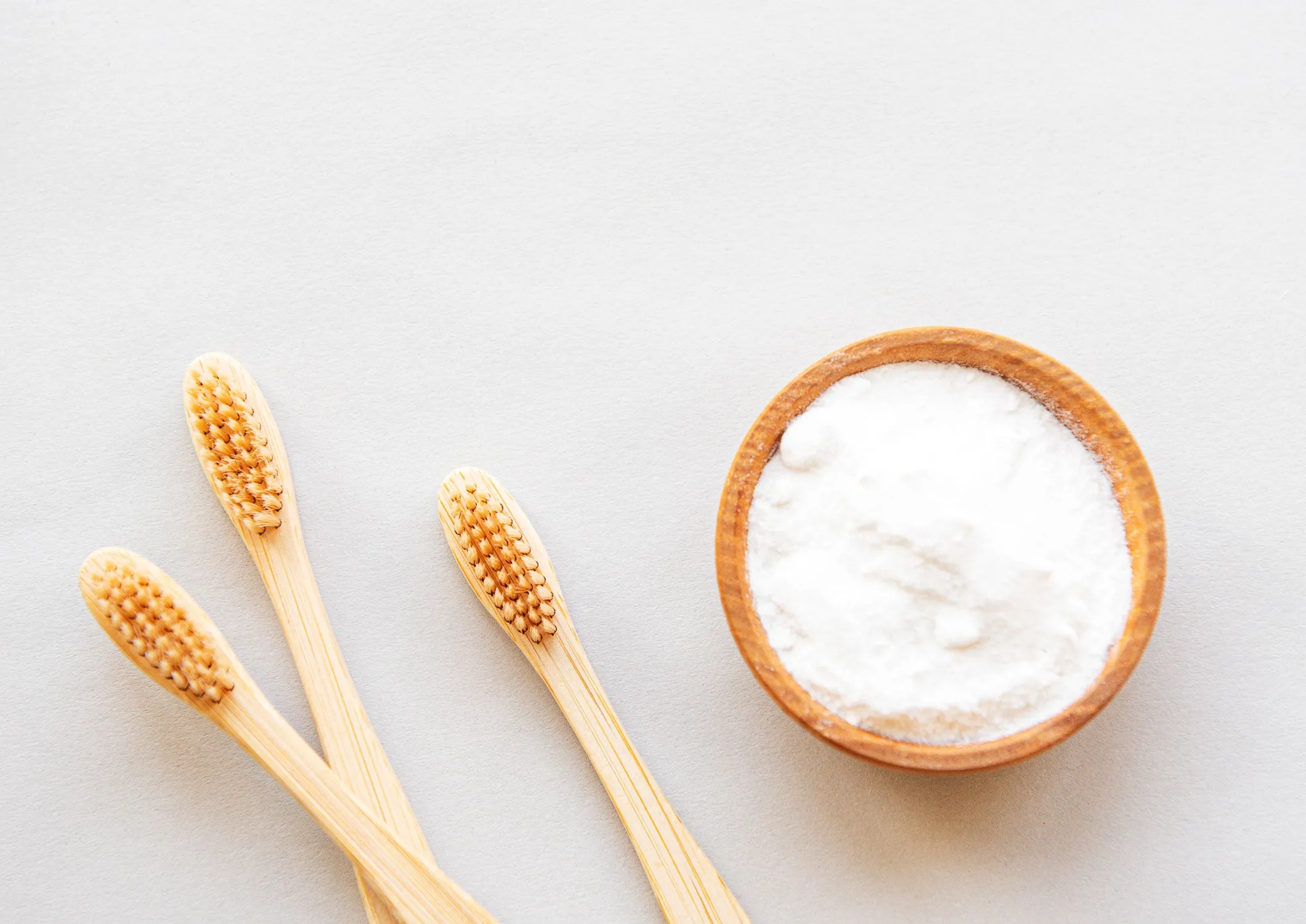
Gathering the right materials is the first step. You will need the following: Baking soda, fresh lemon, a small bowl, a soft-bristled toothbrush, and water. Make sure all your materials are clean, and that the toothbrush is soft, so it doesn’t cause issues with your teeth. You can also try to use a new toothbrush, to ensure you use the right one for this procedure. Ensure that the lemon is fresh to ensure the best results. Also, it is important to use the right amounts of the ingredients. This will help you avoid unnecessary issues.
The Application Process
Start by mixing a small amount of baking soda with lemon juice to create a paste. The consistency should be thick enough to adhere to your teeth but not so abrasive that it damages your enamel. Apply the paste to your teeth using the soft-bristled toothbrush. Gently brush your teeth in circular motions for no more than two minutes. Avoid scrubbing vigorously. Rinse your mouth thoroughly with water after brushing. It is also better if you apply the paste to just a portion of your teeth to test it out. After this, you can proceed to using it to whiten all your teeth. Also, don’t brush vigorously, as it can be harmful to your teeth.
Frequency of Use
Due to the potential for enamel erosion, it is important to limit the frequency of use. Many dental professionals recommend using this method no more than once or twice a week. Overuse can lead to permanent damage and increased sensitivity. Always monitor your teeth for any signs of sensitivity or enamel wear. You should also avoid using it continuously, as this can damage your teeth. Also, keep in mind that this process will not whiten your teeth in a few sessions. Be patient and don’t overuse the ingredients. If you are unsure how often to use the ingredients, you can always ask your dentist about this.
Safety Precautions & Potential Side Effects
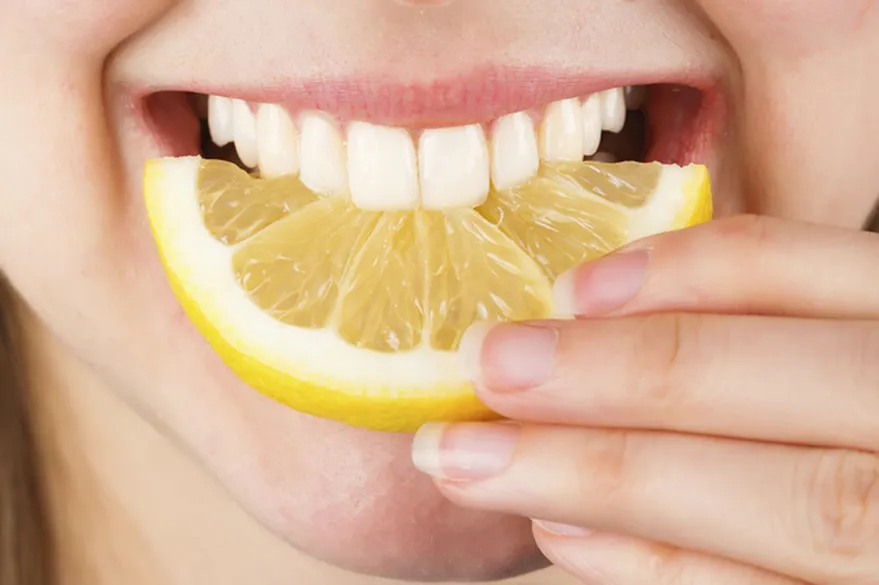
While baking soda and lemon can provide some teeth whitening benefits, it is important to be aware of the safety precautions and potential side effects. Overuse or improper use can lead to serious dental issues, so understanding these risks is crucial. Additionally, it is best to consult with a dental expert about how to make this process safe. In this manner, you can take care of your teeth and avoid the risks that can arise from the improper usage of the ingredients. You should also consider some alternatives, if you do not feel comfortable in using this teeth whitening method.
Enamel Erosion Risks
The primary concern with using baking soda and lemon for teeth whitening is the risk of enamel erosion. The acidity of lemon and the abrasiveness of baking soda can weaken and wear down the enamel, leaving teeth more susceptible to decay, sensitivity, and discoloration. Enamel is the protective outer layer of your teeth, and once it’s eroded, it cannot be naturally restored. Therefore, minimizing the risk of enamel erosion is paramount. It is better to avoid this process, if your enamel is already worn, or if you are experiencing any issues with your teeth. You can try other alternatives, that do not involve using baking soda and lemon.
Gum Irritation and Sensitivity
Baking soda and lemon can cause gum irritation and increased tooth sensitivity. The acidic nature of lemon can irritate the gums, leading to redness, inflammation, and discomfort. Moreover, the abrasive action of baking soda can expose the underlying dentin, which is more sensitive than enamel. This exposure can result in sharp pain when consuming hot, cold, or sweet foods and drinks. If you experience gum irritation or increased sensitivity, discontinue use immediately and consult a dentist. Consider alternative methods for whitening your teeth to ensure your oral health.
Alternatives to Baking Soda and Lemon
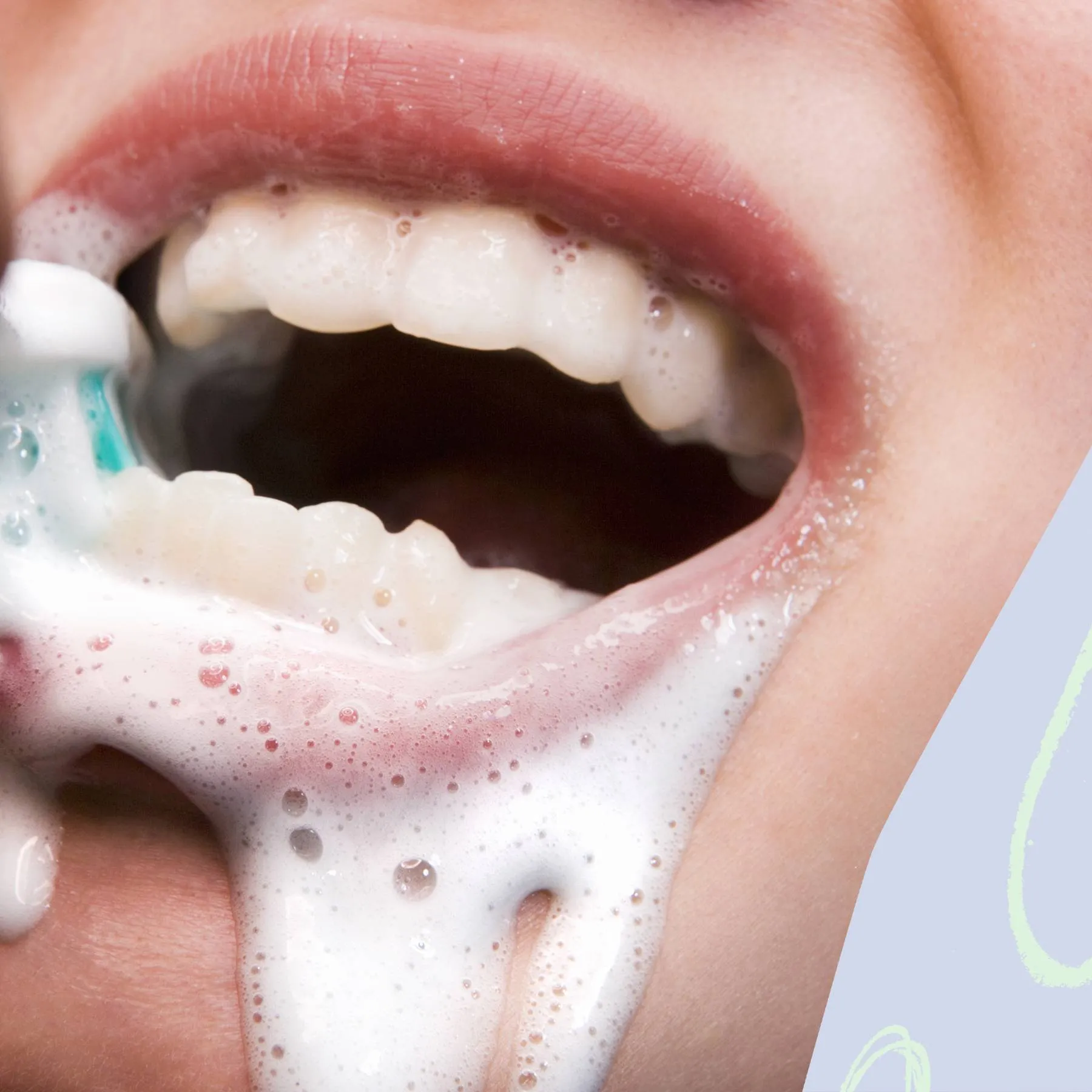
If you are concerned about the risks associated with using baking soda and lemon for teeth whitening, several safer alternatives are available. These options offer effective whitening results without the potential for enamel damage or gum irritation. Consider professional teeth whitening treatments offered by your dentist, or try over-the-counter whitening products that have been thoroughly tested and proven safe. Always consult with a dental professional for guidance on which whitening options are best suited for your needs. Some other alternatives include using whitening toothpaste, and whitening strips. Always follow the instructions of the product.
In conclusion, while the combination of baking soda and lemon might offer some teeth-whitening benefits, the risks associated with their use should not be ignored. The potential for enamel erosion and gum irritation makes it crucial to approach this method with caution. Always consult with a dental professional before trying any home remedies. Prioritizing the long-term health of your teeth is always the best approach. Consider safer alternatives and seek professional guidance to achieve a brighter, healthier smile without compromising your oral health.
